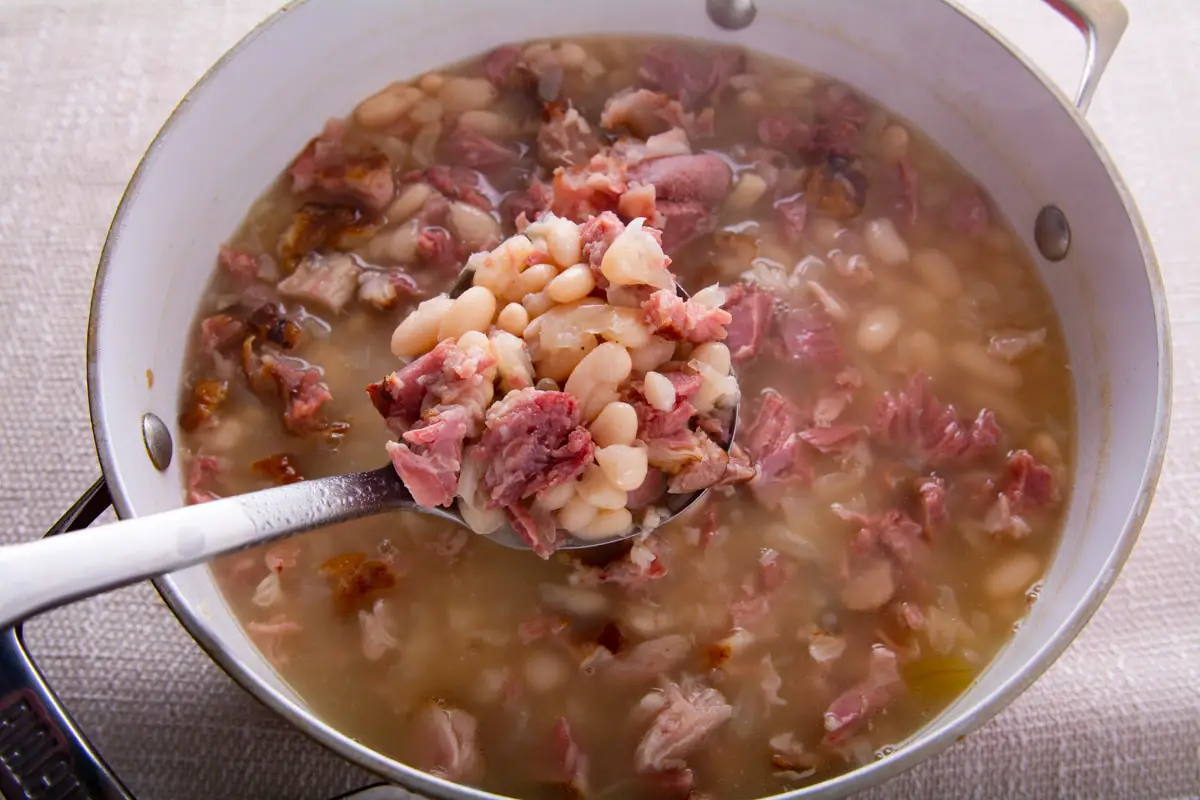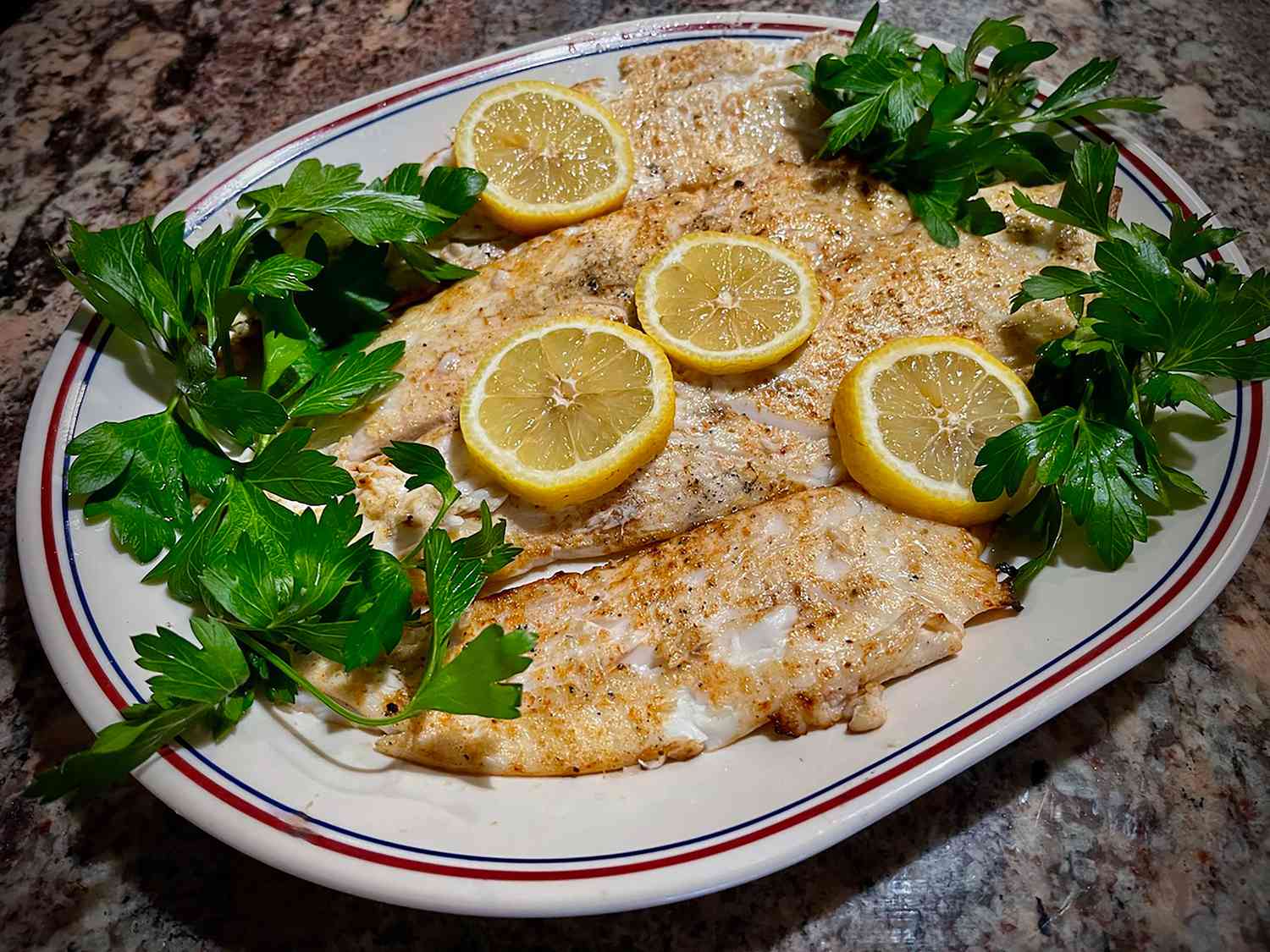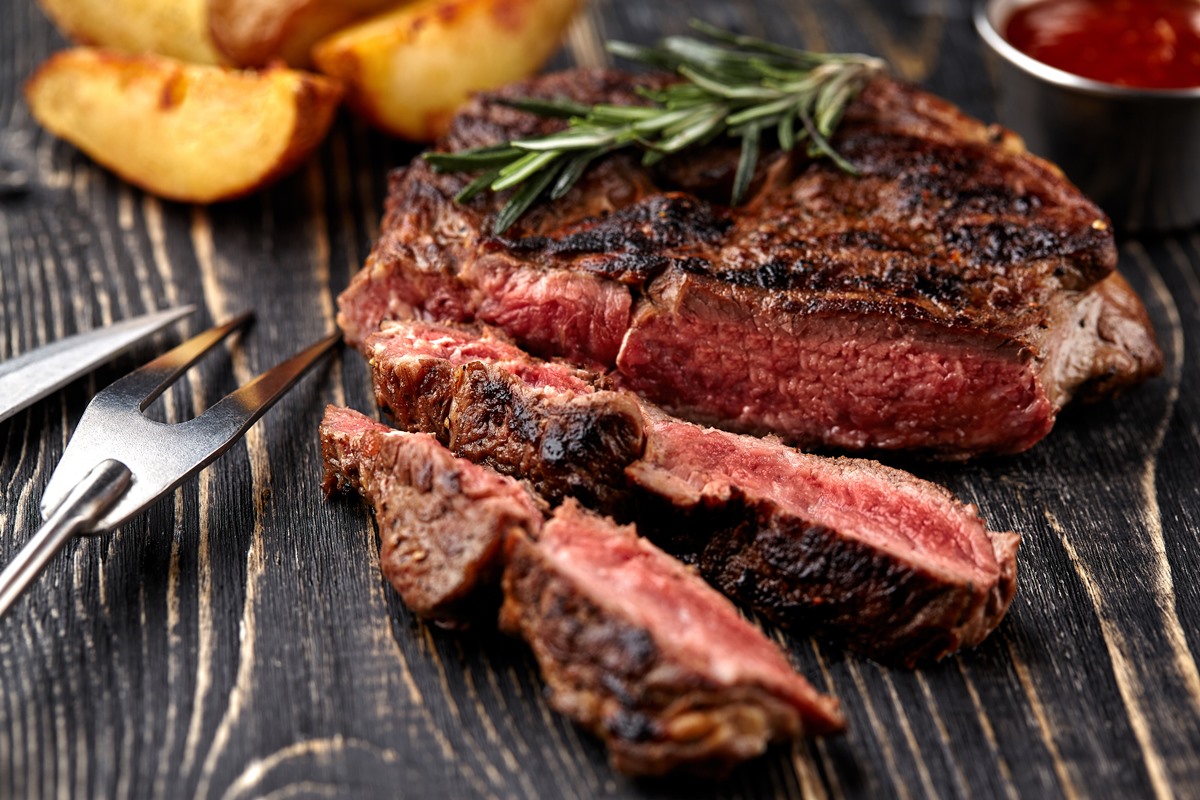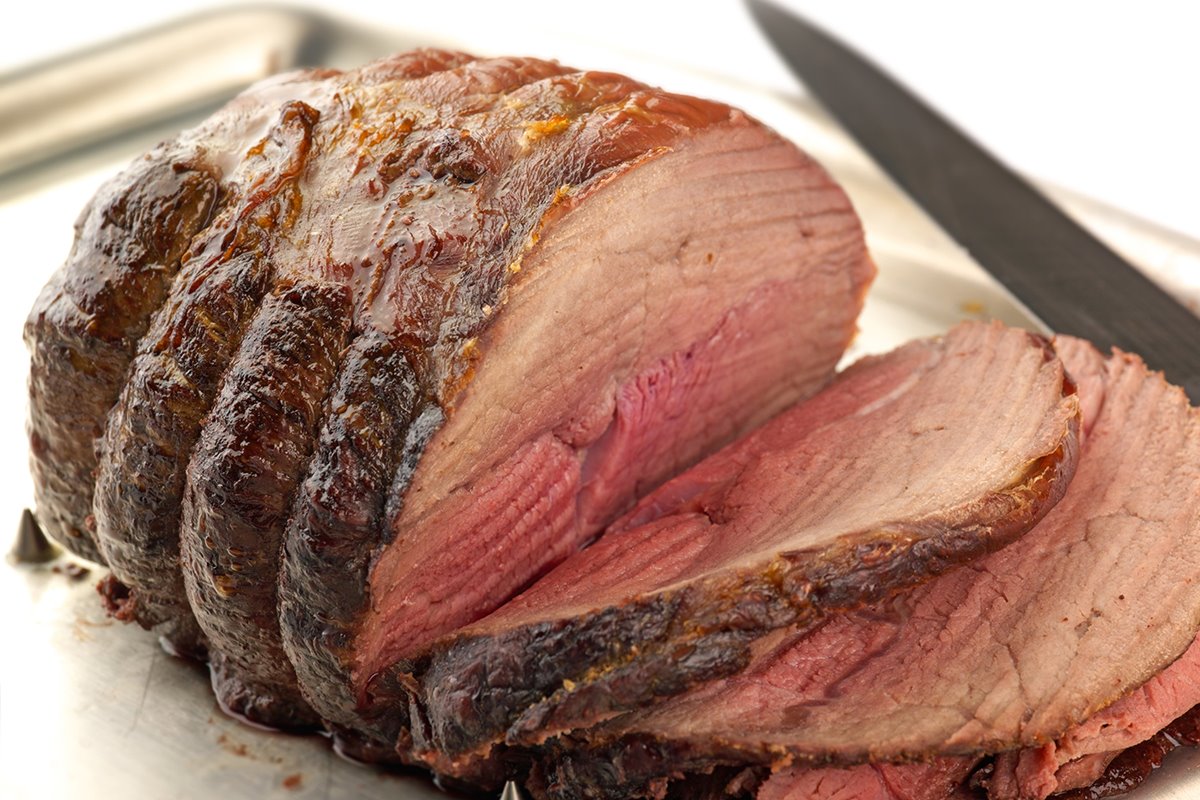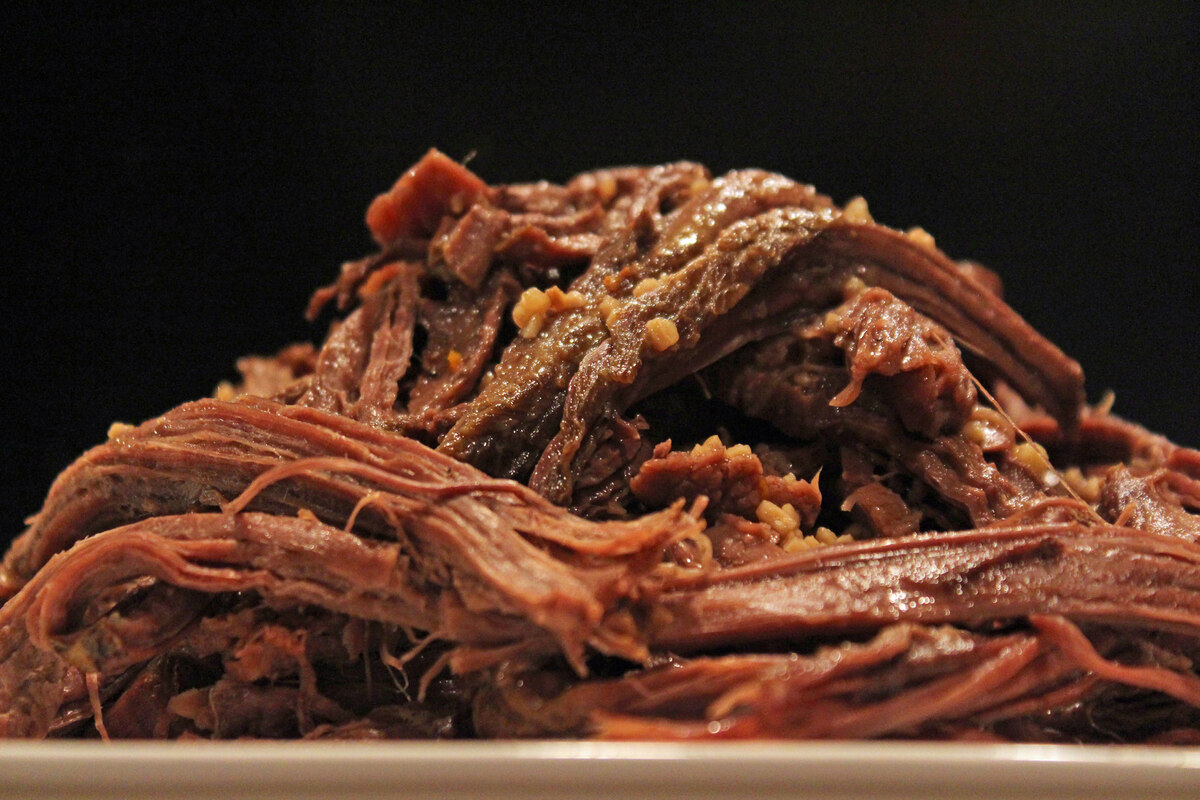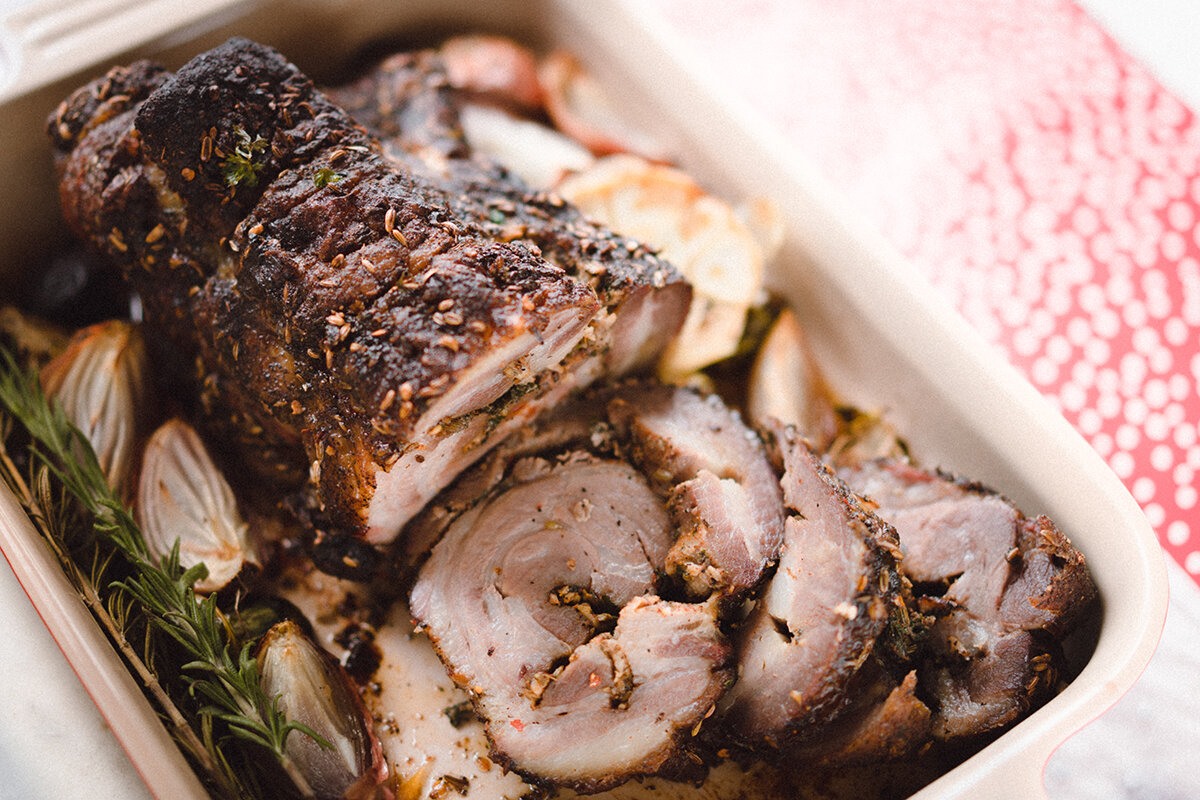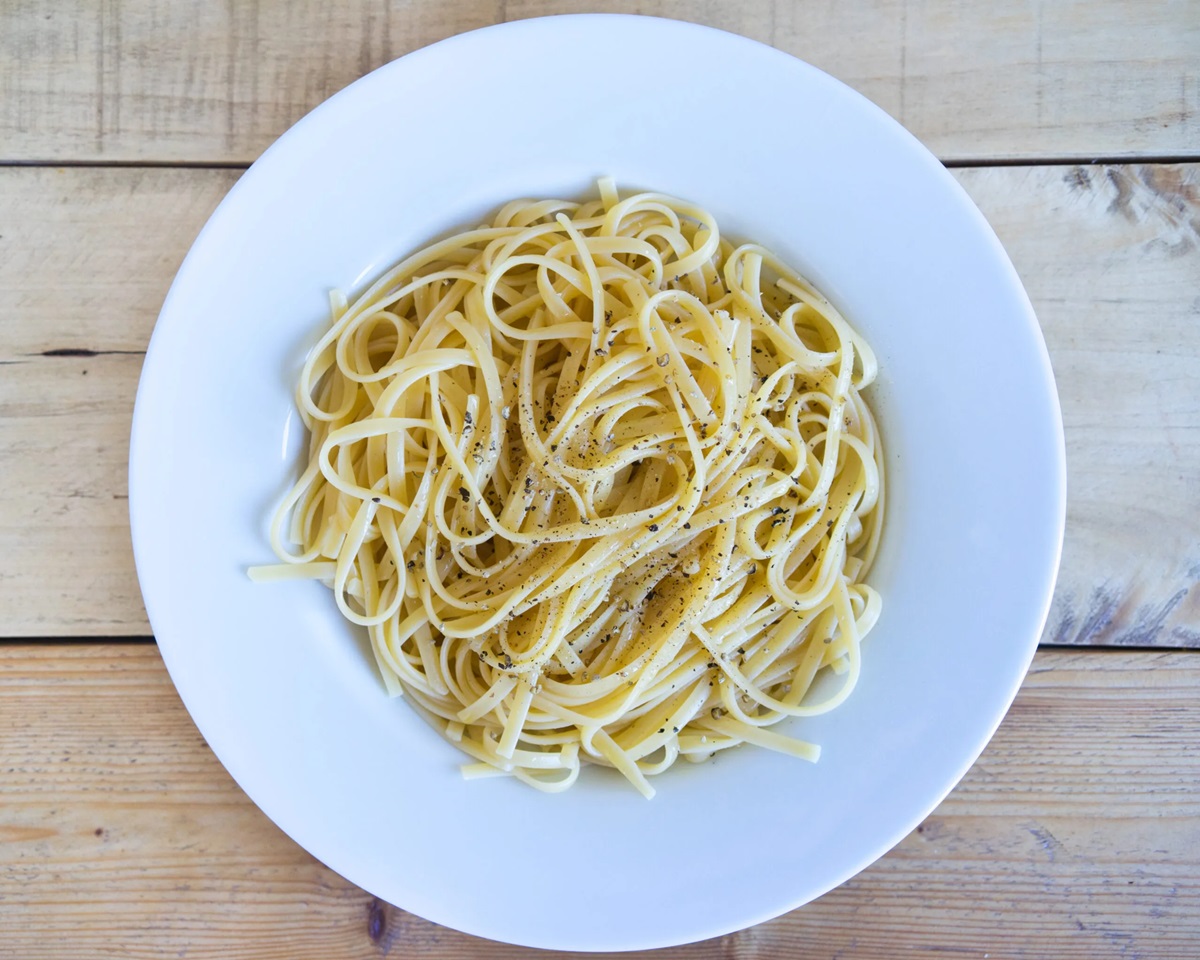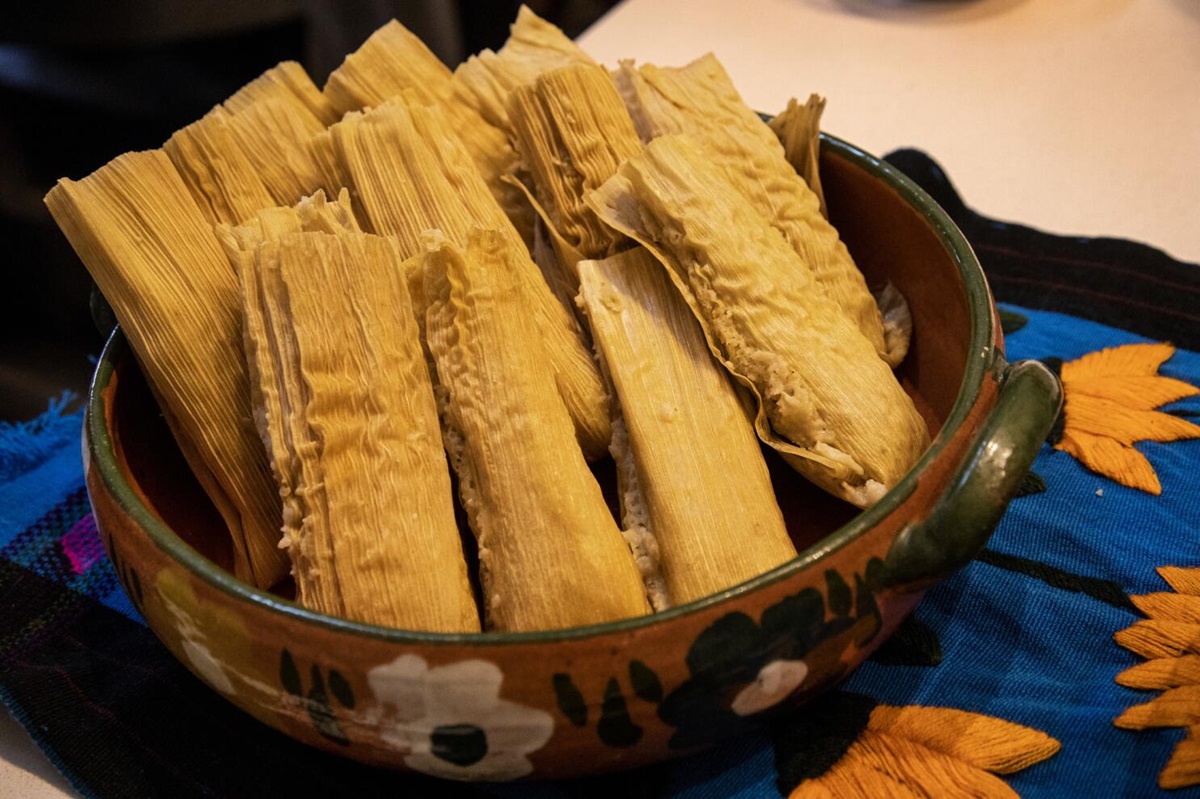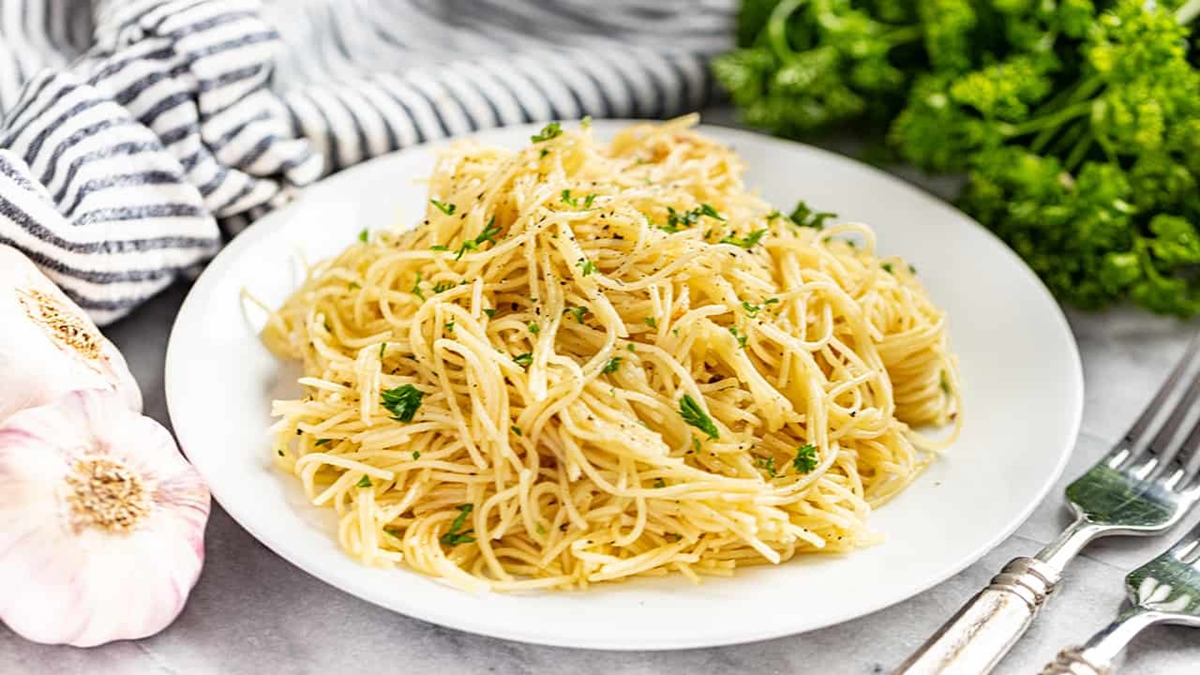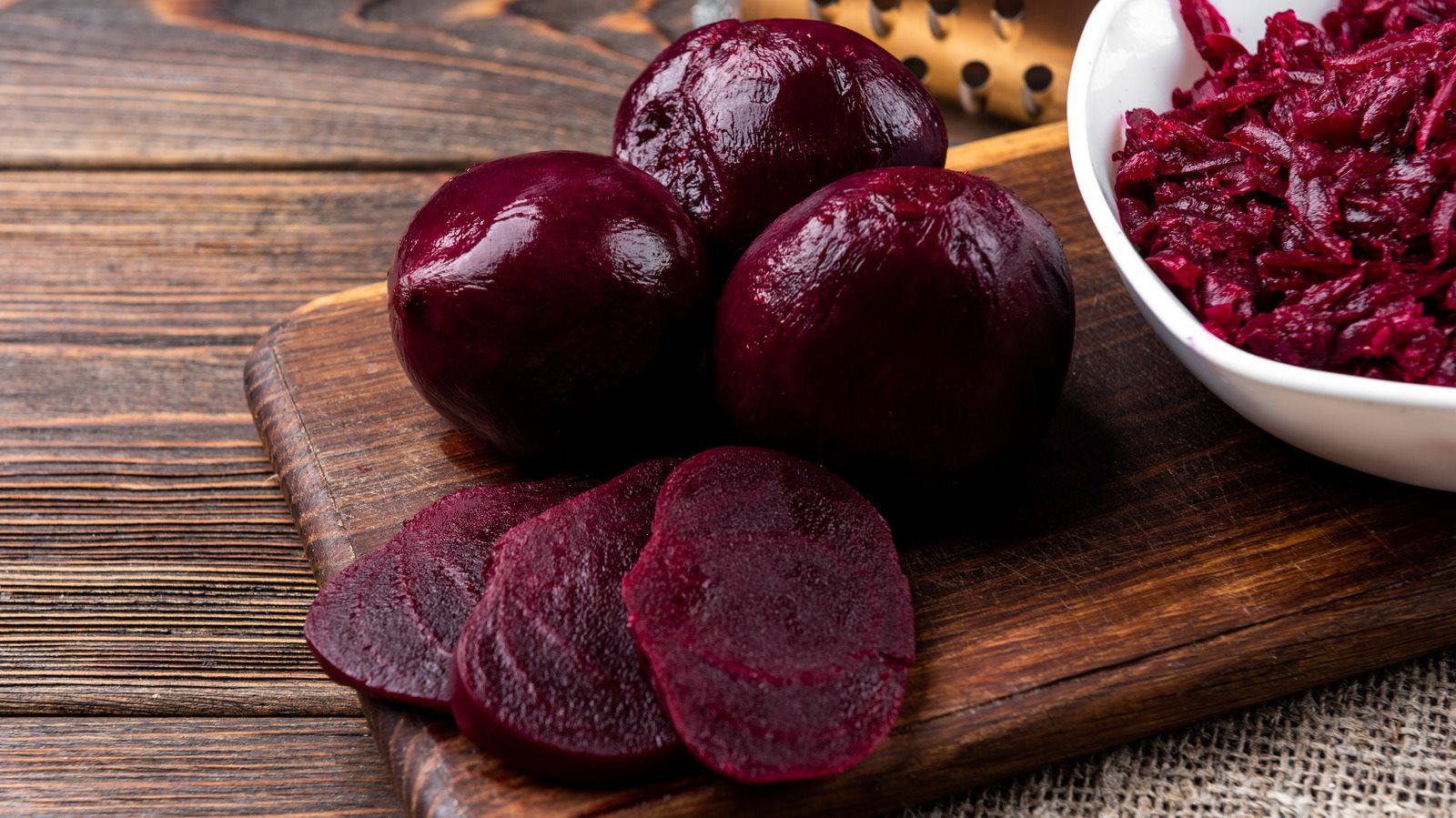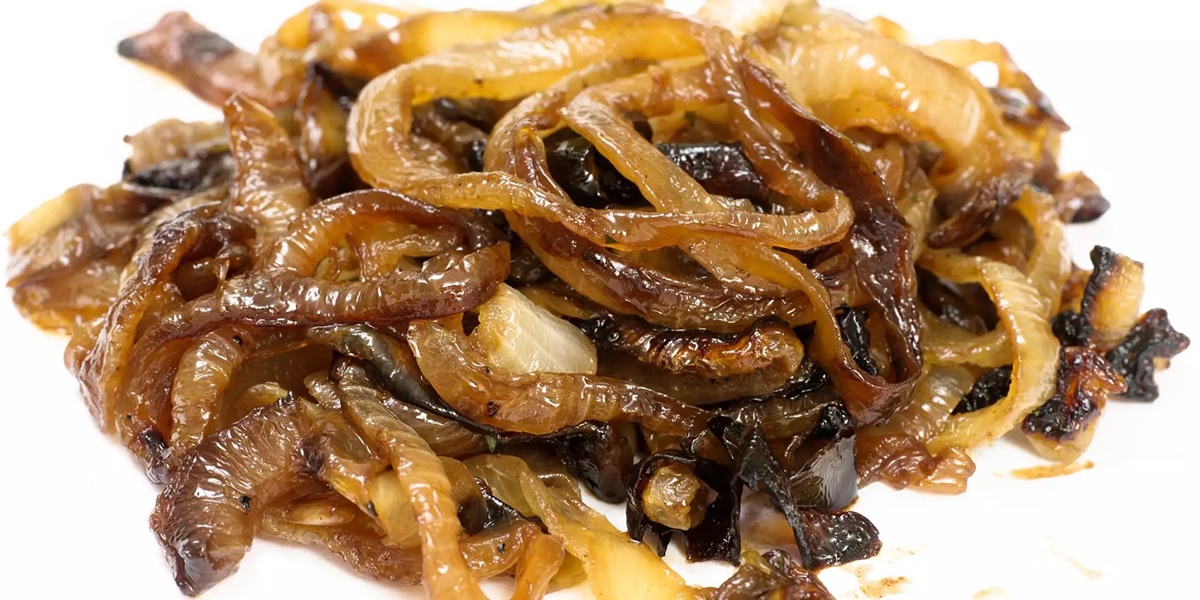How To Cook Cured Ham Roast
Are you craving a delicious and savory meal that will impress your guests? Look no further than a perfectly cooked cured ham roast. With its tender texture and mouthwatering flavors, a cured ham roast is a wonderful centerpiece for any special occasion or Sunday dinner. In this article, we will guide you through easy steps to prepare and cook a mouthwatering cured ham roast that will have everyone asking for seconds.
Choosing the Right Cured Ham Roast
Before diving into the cooking process, it is important to select the best quality cured ham roast. When purchasing your ham, look for one that is bone-in, as the bone enhances the flavor and helps keep the meat tender during cooking. Additionally, pay attention to the size of the ham, considering the number of guests you will be serving.
Preparing the Cured Ham Roast
Once you have chosen the perfect cured ham roast, it’s time to prepare it for cooking. Follow these simple steps:
- Remove the cured ham roast from its packaging and allow it to sit at room temperature for about 30 minutes. This will help the meat cook more evenly.
- Preheat your oven to 325°F (165°C).
- Place the cured ham roast in a roasting pan or a baking dish, fat side up.
- If desired, score the fat on top of the ham in a crisscross pattern. This will not only add an attractive presentation but also allow the flavors to penetrate the meat.
- Season the cured ham roast with your preferred spices and herbs. Popular options include garlic powder, black pepper, rosemary, and thyme.
Cooking the Cured Ham Roast
Now that your cured ham roast is prepared, it’s time to cook it to perfection:
- Place the roasting pan or baking dish with the cured ham roast in the preheated oven.
- For bone-in cured ham roasts, a general rule of thumb for cooking time is 15-18 minutes per pound. If you have a boneless cured ham roast, the cooking time may be slightly less.
- Check the internal temperature using a meat thermometer. The ham is considered fully cooked when it reaches an internal temperature of 145°F (63°C).
- Once the cured ham roast is cooked, remove it from the oven and let it rest for about 10 minutes. This will allow the juices to redistribute and result in a juicy and flavorful meat.
Serving the Cured Ham Roast
Now that your cured ham roast is cooked to perfection, it’s time to serve and enjoy this delectable dish:
- Carve the cured ham roast into thin slices, allowing each guest to enjoy the tender and succulent meat.
- Pair the cured ham roast with your favorite side dishes. Traditional accompaniments include roasted potatoes, glazed carrots, and green bean casserole.
- For an extra touch, serve a delicious gravy made from the pan drippings to enhance the flavors and add moisture to the meat.
- Garnish the cured ham roast with fresh herbs, such as parsley or thyme, to add a pop of color and freshness to the plate.
Now you are equipped with the skills to cook a perfect cured ham roast. Whether it’s a holiday feast or a cozy family gathering, this classic dish will always be a crowd-pleaser. So grab your apron, preheat that oven, and get ready to indulge in the irresistible flavors of a beautifully cooked cured ham roast.
More Delicious Recipes Featuring Cured Ham Roast
Now that you've mastered the basics of cooking a cured ham roast, it's time to experiment with some tantalizing variations that can bring new flavors to your table. From the sweet and savory Classic Cured Ham Roast with Brown Sugar Glaze to the exotic spices of Caribbean Jerk Cured Ham Roast, these recipes offer a range of tastes that cater to every palate. I recommend starting with the Pineapple and Honey Glazed Cured Ham Roast for a delightful blend of sweetness and acidity that enhances the ham's rich flavor. Another must-try is the Cured Ham Roast with Maple Mustard Glaze, which combines the deep sweetness of maple with the tang of mustard, creating a perfect balance. These recipes not only showcase your cooking skills but also make every meal memorable.
Was this page helpful?
Read Next: How To Cook Boudin Sausage On Stove

